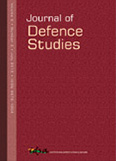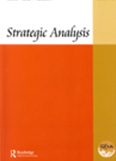Defence Reforms after 1962: Much Ado about Nothing
How have commentators perceived India’s defeat in the Sino-Indian border conflict of 1962? What were its underlying reasons? Can the entire blame be cast on China for its surprise attack? Or, were India’s thoughtless actions also responsible? After touching on these questions, this article describes the defence reforms undertaken by India after the border conflict in 1962 in the light of the shortcomings and deficiencies highlighted.
- P. R. Chari
- October 2012







